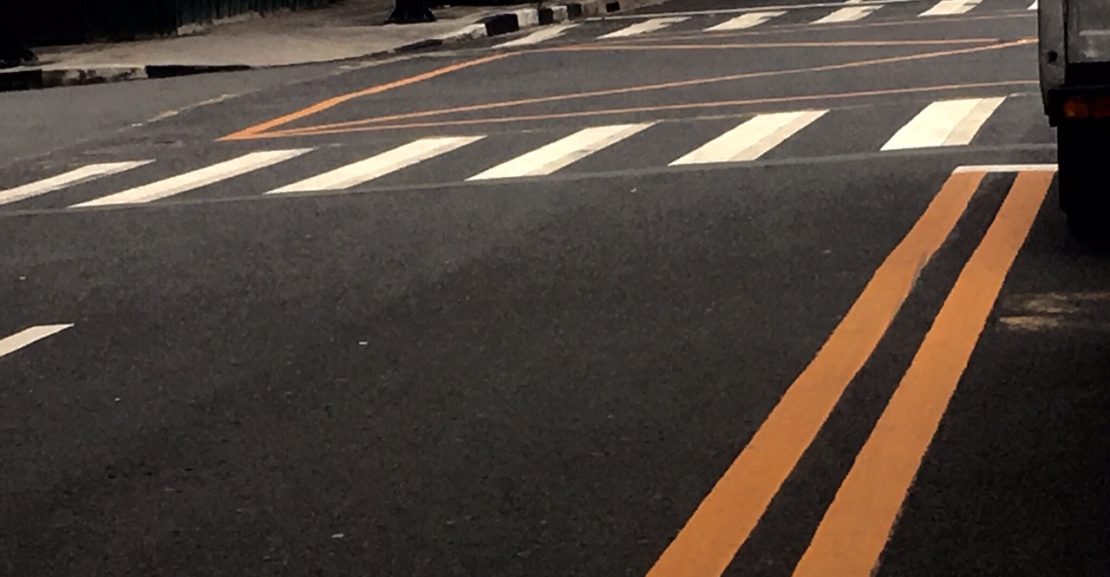Road markings are considered the most efficient warning and navigational assistance to drivers, yet there are a good number of road users out there who still do not understand what they mean.
Take the case of Michael Santos, who drove on a busy street in Makati one Monday morning. It is his usual routine to drive to his office from his house in Sampaloc, Manila. He has been driving for almost two decades with license restriction codes of 1, 2 and 3, which categorizes him as a professional driver.
But one unforgettable incident happened to him that morning. While passing an intersection, Michael was suddenly apprehended by two Makati Police traffic enforcers. Little did he know, he was caught in the middle of a “Yellow Box” junction, which is normally found in the center of intersections.
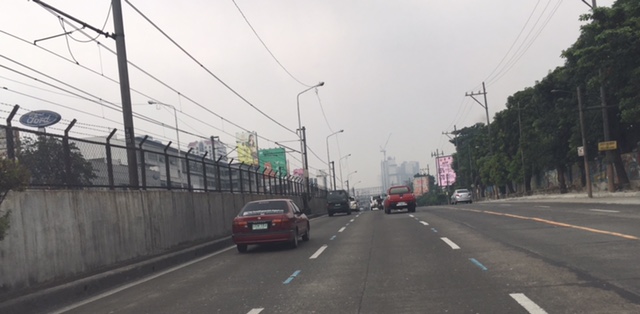
The Yellow Box with an “X” mark in the center is designed to help keep motorists from causing traffic congestions in the intersections. One rule of thumb for any motorist is to stay out of the Yellow Box as much as possible, especially when driving in heavy traffic. Motorists who don’t respect the Yellow Box shall be penalized and apprehended. Unfortunately, most professional drivers today become the common violators of such road markings. The instance that Santos figured in is one of the common mistakes road users commit.
In a report by Metropolitan Manila Development Authority (MMDA)-Road Safety Unit, a total number of 235 pedestrians and 232 drivers were killed in road accidents from January to December 2015. One of the main causes of the increase of road accidents is lack of knowledge about road markings.
Aside from the Yellow Box, here are some of the most commonly road marking seen in main thoroughfares that every driver should know:
YELLOW LINES. The yellow lines come in three types: the broken lane, solid (continuous) yellow and double solid lane. The broken yellow line simply indicates passing is permitted in either direction if there is ample passing distance. Motorists can also expect oncoming traffic in the lane to the left of the lines.
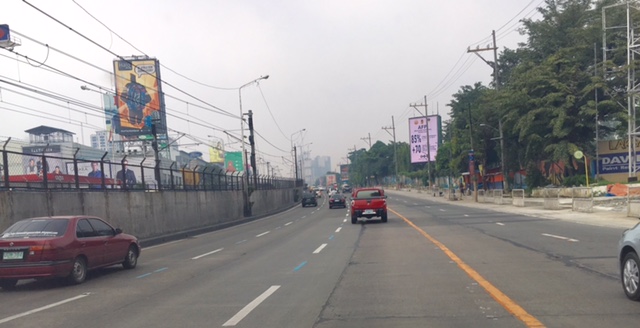
Meanwhile, a solid yellow line at the center warns motorists not to overtake, while a broken yellow means that overtaking is allowed if there is a clear path in the car’s front and rear. On the other hand, the double solid yellow lines mean that it is illegal to cross the markings from either direction in order to pass another vehicle. These warnings are either taken for granted by many motorists or they are still unaware of their meaning.
WHITE LINES. These markings (usually used on highways) indicate the division of multiple lanes of traffic traveling in the same direction. These types of markings are frequently seen on wide roadways and highways. The white lines are also clustered into three: broken, solid and double solid and diagonal stripes.
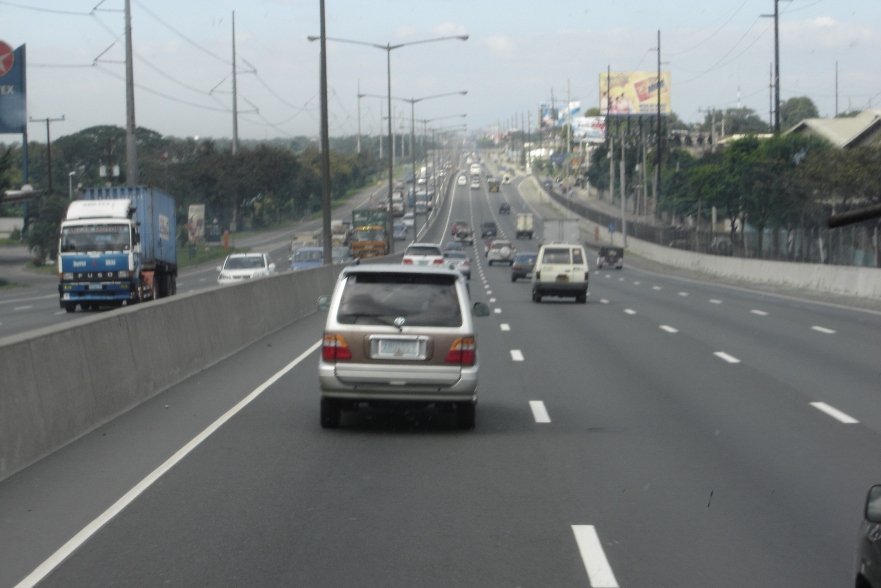
Just like the yellow lanes, broken white lines mean motorists are allowed to overtake; solid white lines mean that parking is prohibited and crossing a solid white line is not recommended. The white lines may designate sharp curves, freeway acceleration and deceleration lanes and other parts of the road where lane changes are considered dangerous.
Moreover, a double solid white line is used to notify the driver a travel path but crossing the next lane is not recommended. On the other hand, diagonal stripes are used to keep traffic lanes apart to protect any traffic that is turning right.
RUMBLE STRIPS/SLEEPER LINES. These serve to wake the driver with vibrations generated by a series of mini-humps installed along the direction of travel. These are also designed to inform drivers to stop or slow down or to alert them to an accident-prone area ahead.
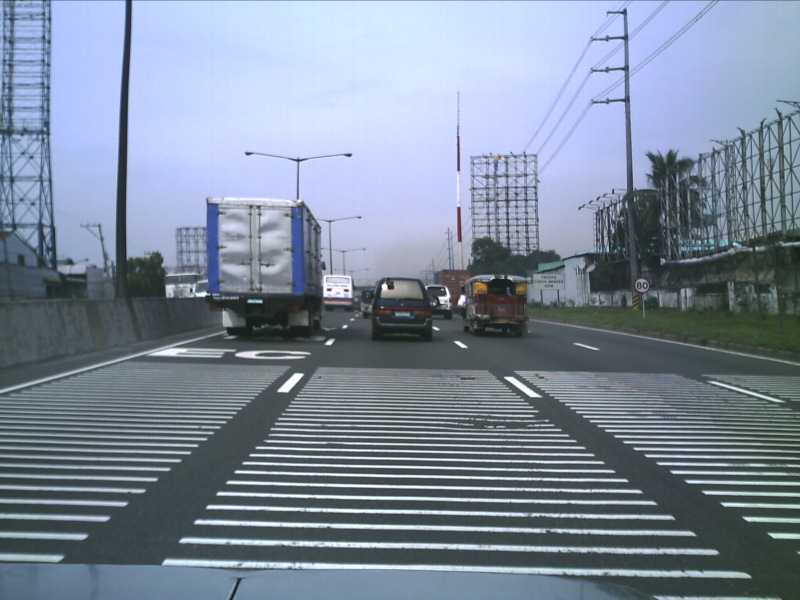
YELLOW BOX JUNCTION. This are meant to control and prevent gridlocks from building up on junctions.
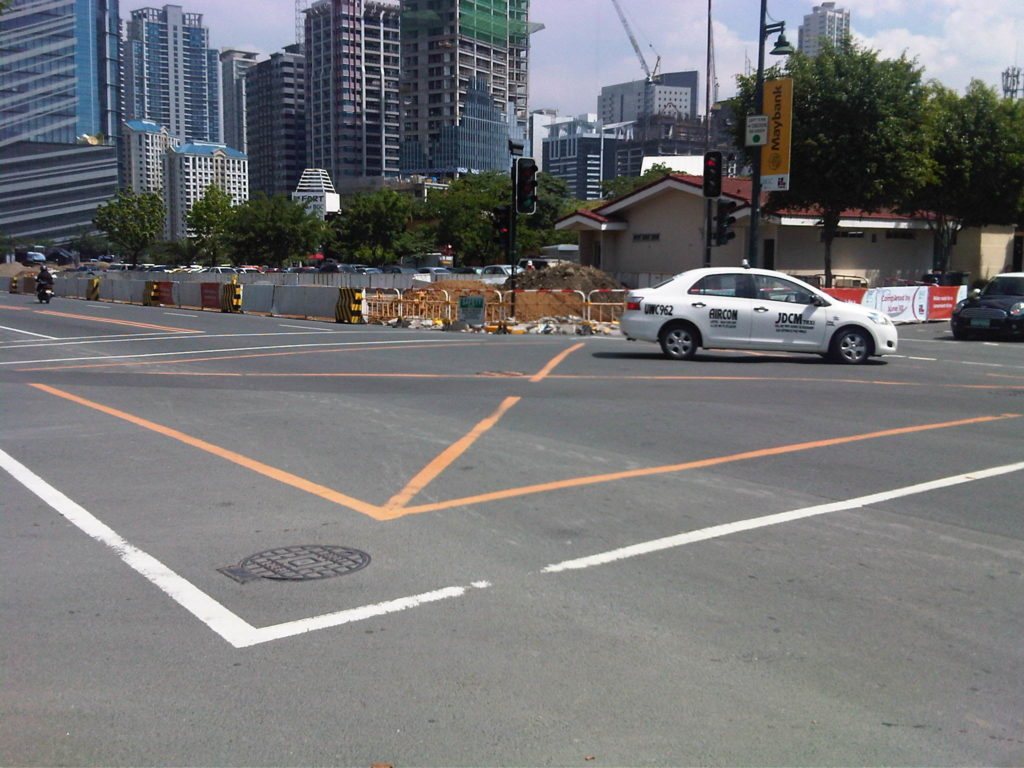
LANE ARROWS. These basically tell the driver to drive on the lane he or she has to fallen in line with. These usually go with road numbers and destination names.
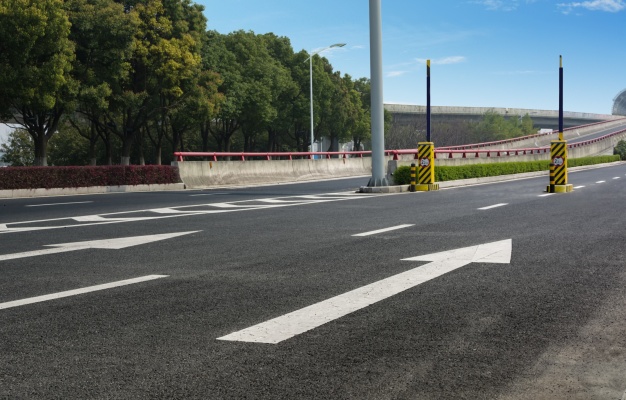
CROSSWALKS. Sadly, many motorists do not respect crosswalks or pedestrian crossings. Often found at intersections, crosswalks (often identified with the text PED XING) are commonly installed where pedestrians are allowed to cross.
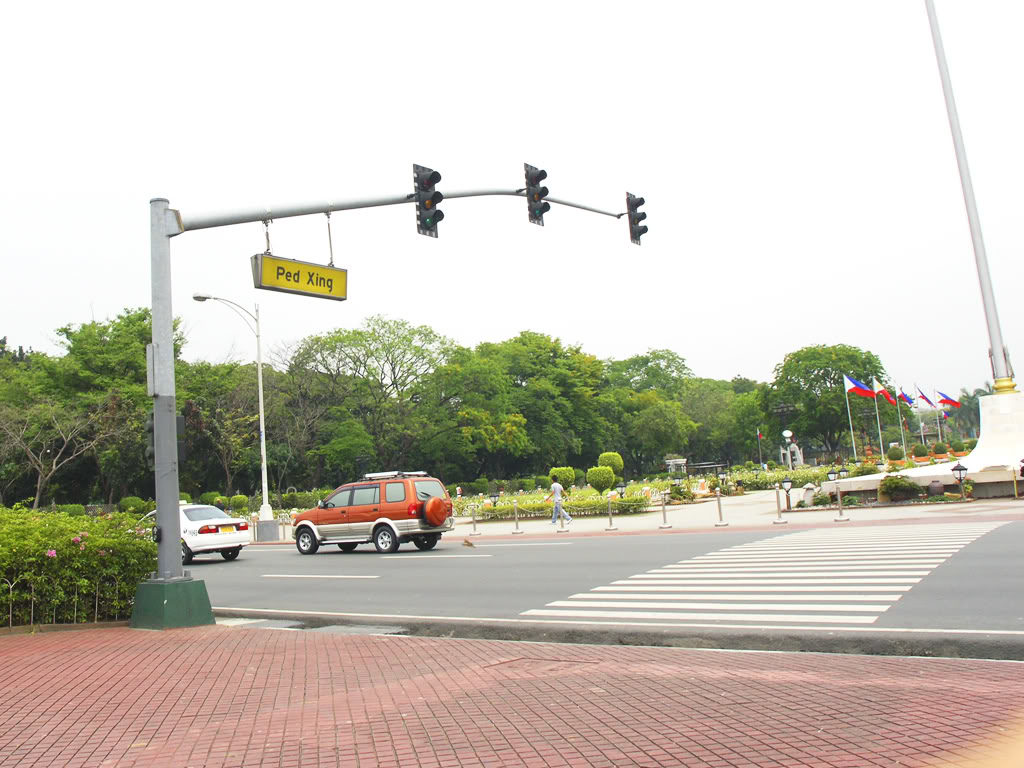
YIELD LINES. Frequently found at roundabout intersections and mid-block crosswalks, yield lanes help smooth the flow of traffic. Rules state that drivers need to halt behind the yield lines.
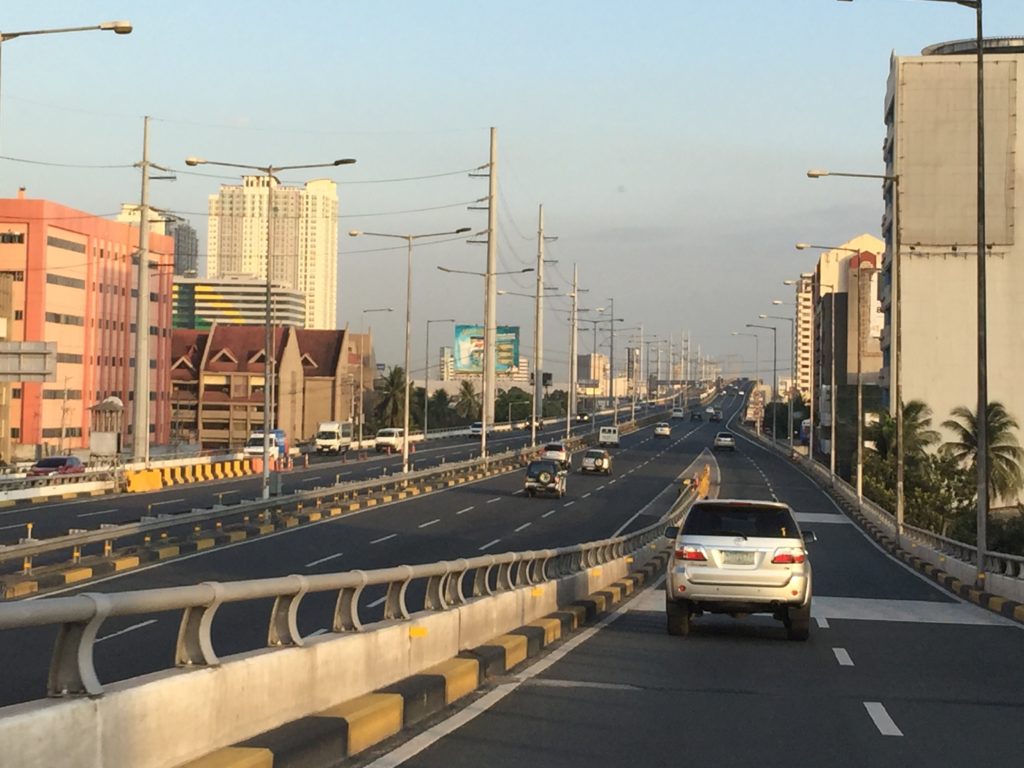
Safe and responsible driving is backed up by the adage “Road marks save lives”. The reason for their existence is to inform the general public on hazards and to serve as warnings on the road. Both the newbie and the experienced drivers should understand and be familiar with road markings.
Even if technology has come up with plenty of driving aids, we should keep in mind that road safety is in the hands of every driver. Understanding such simple marks will provide a new blueprint for long-term, safer driving.

